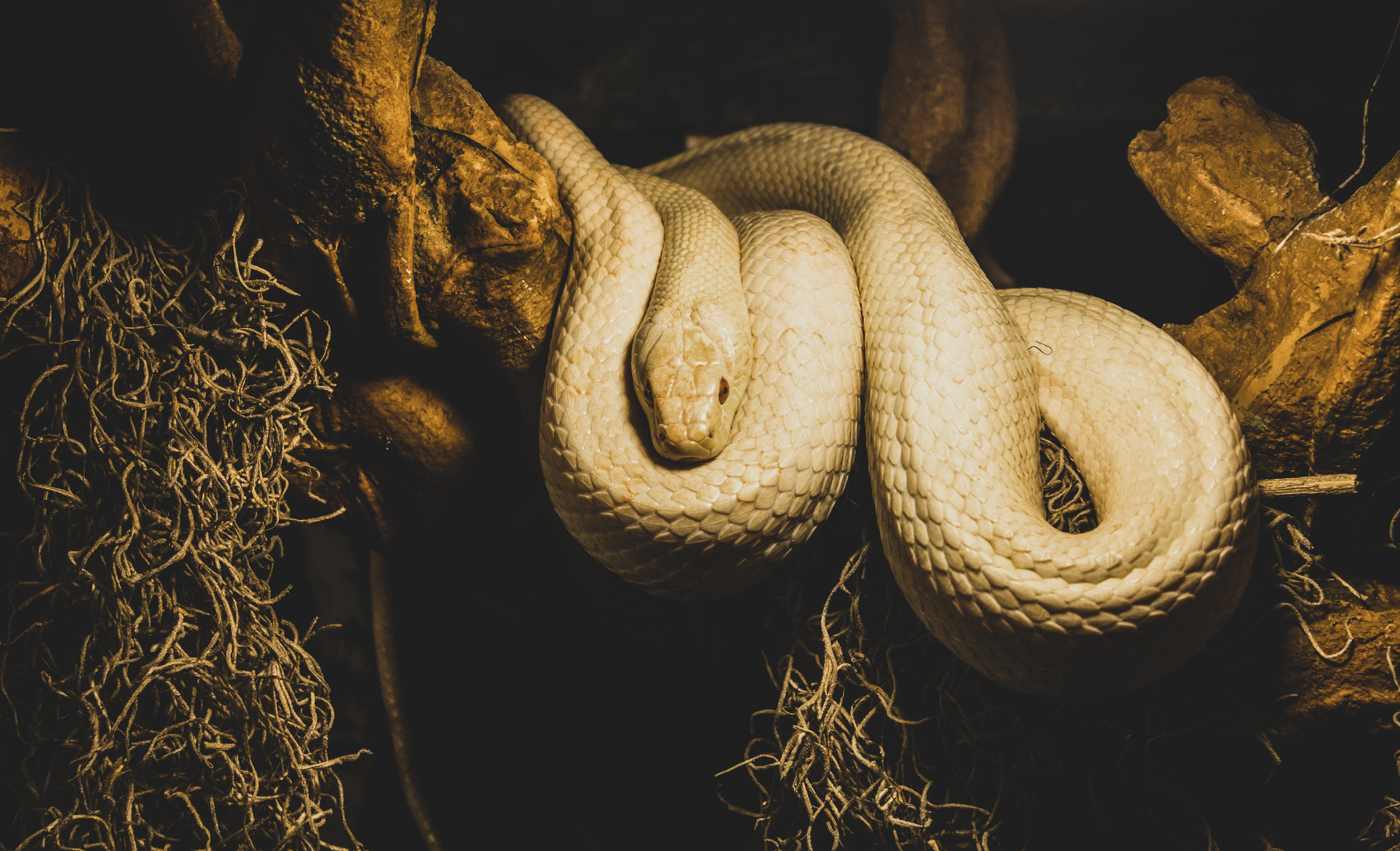
Bringing a snake into the home is an exciting time for your whole family. Your child will have the chance to grow and learn alongside the planet’s most interesting (and misunderstood) creatures. Here are some of the ways you can help your child get ready to bring a snake home.
Start with Proper Habitat Set Up
Your snake will have certain environmental needs that are critical to his happiness and survival. Your snake’s basic environmental needs can be met easily, but it does take time and planning. Here is what you need to help your kids set up the best habitat:
- Aquariums: Choose a larger space so you can create an effective thermal gradient for your snake. Be sure the glass is cleaned with soap and water and thoroughly rinsed.
- Heating Source: Snakes are cold-blooded animals, which means they need an external source to generate body heat. You can regulate the temperature with light bulbs, pads, tubular heaters, under-tank heaters, ceramic heating elements and basking lights.
- Decorations: Use a substrate that your snake can burrow into and feel more at home. Add moss, rocks, wood or any other elements of your snake’s natural environment.
- Humidity: Some snakes will need humidity higher or lower than your natural climate. If you’re keeping a tropical snake in Arizona, for example, you’ll need to add a substantial amount of humidity to the room.
- Top and Light: You’ll want to cap off your terrarium with a screen that locks. Position your heat lamp outside the screen on the warmer side of the aquarium with the heat mat. Be sure your lights are simulating the right cycles of day and night for your snake.
Your snake’s habitat will need to be cleaned frequently. The substrate will need to be replaced from time to time, as well. When you take your snake out to clean, be sure you keep him in a container that is warm and allows for air, ideally with a spot the snake can hide in.
Clarify Roles and Responsibilities
When bringing a snake into your home— at the bequest of your child— you need to be very clear about responsibility and expectation. Take Florida, for example. So many people bought a snake and when the reality of the responsibility hit, they released it outside. Now Florida is dealing with an invasion of python snakes— they are even reproducing with other snake species and generating hybrids.
To avoid this kind of devastating buyer’s remorse, you and your child should commit to these three roles and responsibilities before bringing a snake home:
- Cleanliness: Snakes are relatively low maintenance, but they do need to have their terrarium cleaned 1-2 months and spot cleaning after they go to the bathroom. Be sure you and your child agree on who is the primary cleaner (or how you will rotate cleaning) and how often this chore will be done.
- Feeding: Snakes need to eat live animals like mice. This can be a little hard for some people to stomach at first, but it does become less and less unsettling over time. Be sure your child is old enough to understand what is happening when the snake is fed. The frequency is different for each species (and the snake’s age), but the average for an adult snake is about every two weeks.
- Species Specs: Do you want a pet snake that can live 50-100 years? Do you have the space for one that can grow several feet in length? What will happen to the snake when your child goes away to college? The answers to these questions will help you decide on a species that is right for you.
Emphasize the Educational Benefits
It’s exciting that your child is interested in snakes— this is a great opportunity to teach them the importance of ecology and the environment. Here are five things you and your child will discover by caring for a snake:
- Shedding Skin: As snakes grow, their skin stretches and becomes thin, a process called ecdysis. They will eventually shed their skin. This is a great teaching moment for the endocrine system, physical growth, skin cells and other similar biological topics.
- Cold-Blooded Animals: Study the differences between warm and cold-blooded animals by comparing your snake with yourself. How does each of you regulate your body temperature? What’s the difference in your sleeping habits?
- Bones: Despite their flexibility, snakes do, in fact, have bones. They actually have more bones than a human! You can teach your kids about vertebrates and invertebrates by examining your snake’s body.
- Social Behavior: If you keep two snakes together you and your child can study their patterns of social behavior. Snakes are solitary creatures, but they are not necessarily territorial. They have even shown signs of sibling bonds.
- Climate: Because you are having to maintain a specific climate for a cold-blooded animal, your child will unearth many interesting facts about the water cycle, sun angle and seasons, climate change, and more.
Owning a snake is a great way to teach your kids about science and about responsibility. It’s also an easy way to bring the two of you together— learning about and caring for a truly unique and majestic pet.

